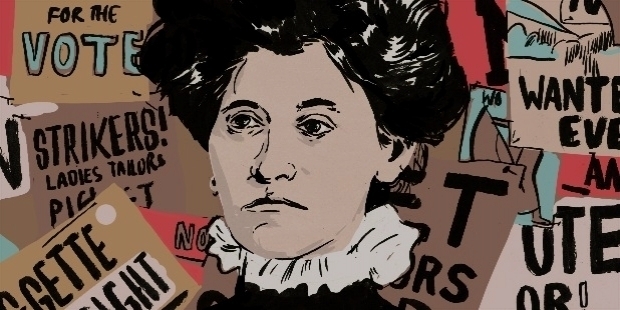International Women’s Day Founder: Theresa Serber Malkiel

The world celebrated the 110th year of International Women’s Day. The day marked celebrations all across the globe by women for a balanced world. This year the campaign theme was ‘Balance for Better’. Women all over the world raised their concern against bias and raising awareness to forge a more gender-balanced world. They also celebrated women’s achievement in every field and demanded to take action for equality.
It is indeed ironical that nothing has really changed in the last 110 years, ever since Women’s Day was first observed by the founder Theresa Serber in the United States. Sadly though, in the present day, no one even remembers who started the movement to observe ‘National Women’s Day’. The fact cannot be denied that majority of women in the world may not even know, who was the woman behind ‘Women’s Day celebration!
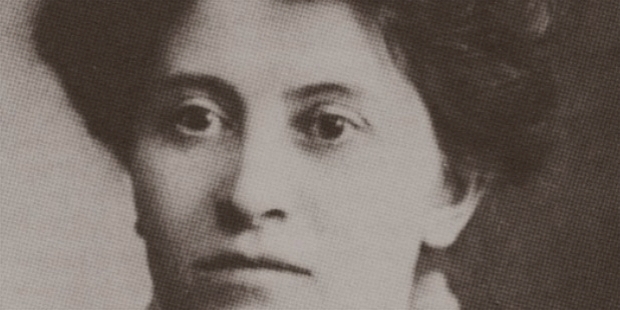
In the year 1909, the Socialist Party of America in New York organized the first Women’s Day. Russian born Theresa Serber was the first woman, who suggested the observance of ‘National Women’s Day’ in the United States. This was the beginning of the advent of an evolution. Theresa campaigned for the ballot in New York, because she strongly believed that women must have the ‘right-to-vote’.
Success Story looks back to trace how the importance of Women’s Day was born for the millennials to understand and know how important the 8th of March has become over the last 110 years.
National Women’s Day:
Theresa Serber Malkiel was on the 1st of May 1874 in a small town called Bar in the Russian Empire. Bar was in the Polish part of the Empire. Theresa grew up in a middle class Jewish family. During her growing up years, Theresa lived in a widespread racial discrimination environment of the Tsars’ Empire. In the year 1891, her family landed in New York, because the Jewish community was evacuated to the United States. There were institutionalized restrictions on Jews during the last decades of the 19th Century.
The 17-year-young Theresa witnessed and experienced the surreptitious Jewish labour movement and applied her knowledge to apply in her new home in America. Most of the migrant Jewish women found employment in New York’s sweatshops, where they were paid very low wages for long hours of work under poor working conditions. Theresa also started as a cloak maker in an unregulated garment industry.
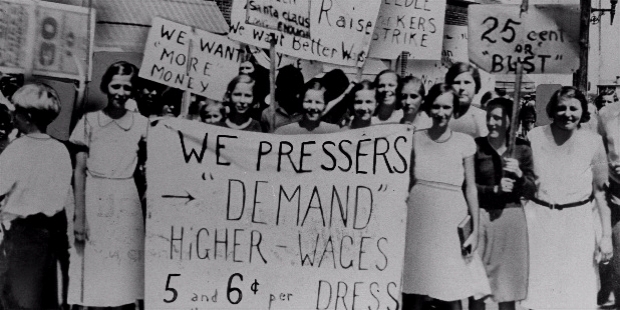
Having worked for a year, Theresa Serber established and organized the Women’s Infant Cloak Makers’ Union. It was one of the first organizations to focus on the needs of the working women. This was just the beginning of the new women’s revolution. Sally M. Miller, a historian and author of the detailed published case study titled ‘From Sweatshop Worker to Labor Leader: Theresa Malkiel’ records the growth and development of many self-help groups, who helped the Jewish migrants during the 1890s.
This comprehensive institutionalized network was geared to the needs of the families of the ghetto and those of employable men. Institutions to meet the needs of single working women rarely existed during the period. Theresa Serber developed deep concern regarding the plight of working women. She rose to the challenge to take on the baton to lead her fellow workers for their rights. Theresa Serber was the first woman in America to vociferously raise concern about the plight of immigrant working women.
Women’s Infant Cloak Makers’ Union fought fiercely for the rights of women in factories. The task at hand was challenging and Theresa Serber realized to deliver results, political mobilization required economic solidarity. Socialism became her path towards independence. A cooperative commonwealth of workers would liberate both men and women to establish ‘equality for all’.
A firebrand by nature, Theresa Serber rose from the ranks of factory workers to the leadership of the Socialist Party. She was appointed as a delegate to the initial convention of the Socialist Trades and Labour Alliance in 1896. She became part of the Socialist Labour Party. She later joined the Socialist Party of America after few years.
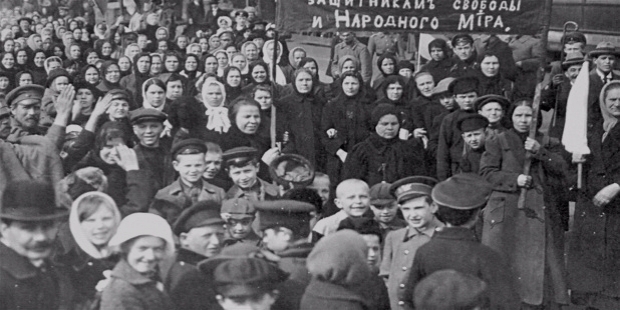
The Socialist Party did very little to ensure equality for men and women. Theresa Serber realized to address specific needs of working women, the Union had to work outside the national party. In the year 1907, she started socialist women’s parallel movement. A separate national organization of socialist women became the need of the hour, because Serber strongly believed that women are tired of their positions as official cake-bakers and money collectors.
The Socialist Party formed an executive body called Women’s National Committee, a women’s department. Theresa Malkiel became the party’s leading immigrant woman activist. She was elected to the committee. She led from the front to mobilize various strikes and fiercely campaigned for the rights of immigrant women. She also attended various conventions as a delegate.
In the year 1909, Malkiel strongly supported the Shirtwaist Strike in New York from November 1909 till the end of the strike in February 1910. The Socialist Party lent their support with funds and publicity to spread the word. She described the strike through the eyes of an American-born woman worker. She was relieved to see a sense of solidarity with the immigrant workers for their fight of basic human rights.
In the year 1914, the Socialist Party withdrew funds from the National Women’s Committee. As a result, the program came to a grinding halt. Theresa Malkiel’s dream to develop a stronger network of socialist women remained unfulfilled.
Theresa Malkiel was the first woman to suggest the observance of a National Women’s Day in the United States of America. The nouvelle concept spread like wild fire across European countries. Apart from mobilizing immigrant working women for basic rights and equality demands, she lent a powerful voice to the movement for women’s suffrage in the later years of her life.
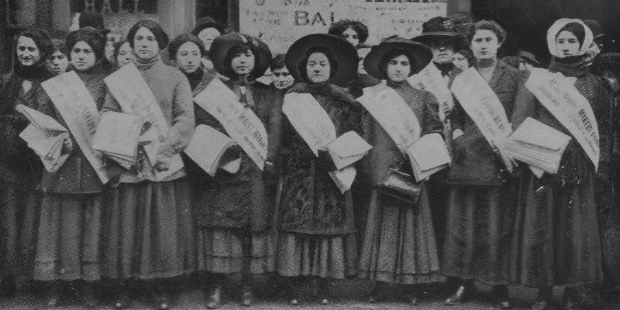
In the year 1909, the Socialist Party of America organized the first Women’s Day on the 28th of February. The world has long forgotten the successful journey and major contributions of a Russian Jewish immigrant working woman, who gave birth to the International Women’s Day.
Early Life:
On the 1st of May 1874, Theresa Serber was born in Bar, Russia. Currently, Bar is part of Ukraine. The Serber family had four daughters. In the year 1891, they all moved to the Lower East Side of New York City. Theresa was just 17, when she started working as a cloak maker in a sweatshop.
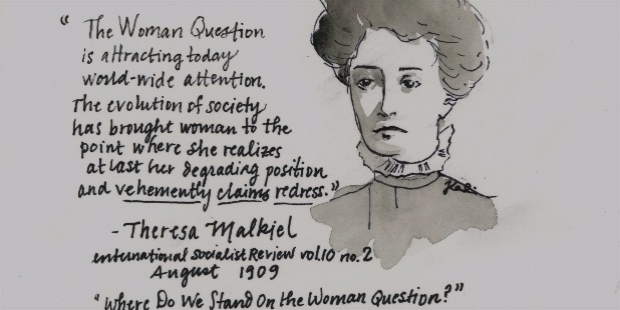
The Journey of Success:
Theresa Serber joined the Russian Workingmen’s Club in New York in 1891. A year later, she became the President of the Infant Cloakmaker's Union of New York, the Union she established in 1892. The Union was joined by most Jewish women. She became the voice of her Union in the Knights of Labor, the Central Labor Federation, and the United Hebrew Trades. A year later, she joined the Socialist Labour Party. For six long years, she was an active member of the party. At the first convention of the Socialist Trade and Labor Alliance, Theresa Serber represented her Union.
In the year 1899, Theresa Serber joined the Socialist Party of America. In the year 1909, she wrote an essay titled ‘Where do we stand on the Woman Question?’ She expressed her frustration about the little interest of the Socialist Party of America’s concern to fight for women’s rights. She strongly believed only socialism could liberate women and to survive it needs full participation of women.
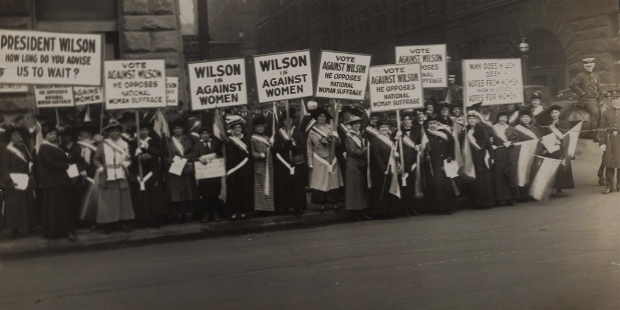
In the year 1905, Theresa Malkiel organized the Women's Progressive Society of Yonkers. It became a branch of the Socialist Women's Society of New York. Theresa Malkiel wrote socialist propaganda leaflets. She published various articles on socialism and the woman question in journals, such as the Progressive Woman, Machinists' Monthly and the International Socialist Review. She and her husband Leon Malkiel co-founded a socialist journal named the New York Call.
In the year 1909, Theresa Malkiel was elected to the Woman's National Committee of the Socialist Party. She was the first woman, who suggested observance of National Women’s Day. Theresa Serber Malkiel is credited to establish the first annual Women’s Day on the 28th of February 1909. The day has become a predecessor to International Women’s Day, celebrated each year on the 8th of March in our modern civilization.
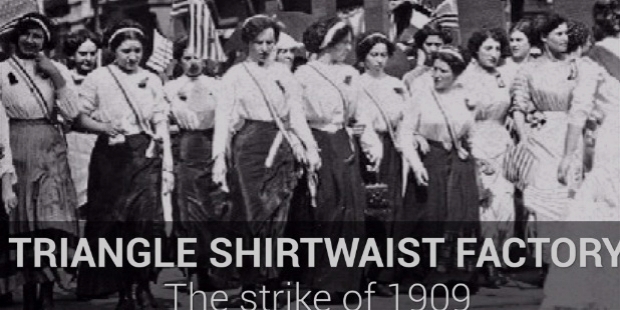
In the year 1910, Theresa Malkiel published a fictionalized account of the Shirtwaist Strike titled ‘The Diary of a Shirtwaist Striker’. She wrote how important it was for men and women workers to work in solidarity to not only win the strike, but also the ballot. Malkiel’s book helped trigger legislative reforms – the New York State Labor Laws. In the year 1990, ‘The Diary of a Shirtwaist Striker’ was reprinted by Cornell University Press. Historian Françoise Basch wrote the introduction in the reprinted editions. It was well-received by reviewers like Alice Kessler-Harris, Mari Jo Buhle and the ILR Review.
In the year 1911, Malkiel travelled the American South. She was greatly dismayed to know how the ‘White Socialist’ practiced racial segregation. In Arkansas, she was not allowed by the organizers to speak at a gathering of over a thousand African-Americans. In Mississippi, Malkiel braved the pouring rain and gave speech to a group of dues-paying African-American socialists. They were denied entry to the local meeting hall.
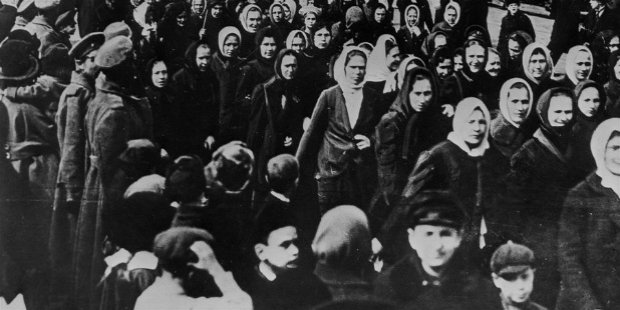
Theresa Malkiel was a brave leader, who had a heart of gold for fellow workers. She wrote a scathing report of her American South tour in the New York Call – “Lord preserve us from this kind of Socialists. We must not preach Socialism to the negroes, because the white workingmen are foolish enough to allow their masters to arouse their prejudices against their fellow workers, in order to keep them divided so as to play off one against the other.”
In the year 1914, Malkiel led the Socialist Suffrage Campaign of New York by organizing a mass meeting at Carnegie Hall. During the last two decades of her life, Malkiel promoted education for immigrant women and assisted them with naturalization. She established the Brooklyn Adult Students Association. She directed the classes and summer
Personal Life:
In the year 1900, Theresa Serber got married to attorney and fellow socialist Leon A. Malkiel. The couple moved to Yonkers. In 1903, they were blessed with a daughter named Henrietta. On the 17th of November 1949, Theresa Serber Malkiel breathed her last for time immemorial. Her precious contributions to improve lives of working women in sweatshops are second to none. She is truly a radical socialist reformer of women’s issues. Sadly though, the modern world has forgotten Theresa Serber Malkiel.
